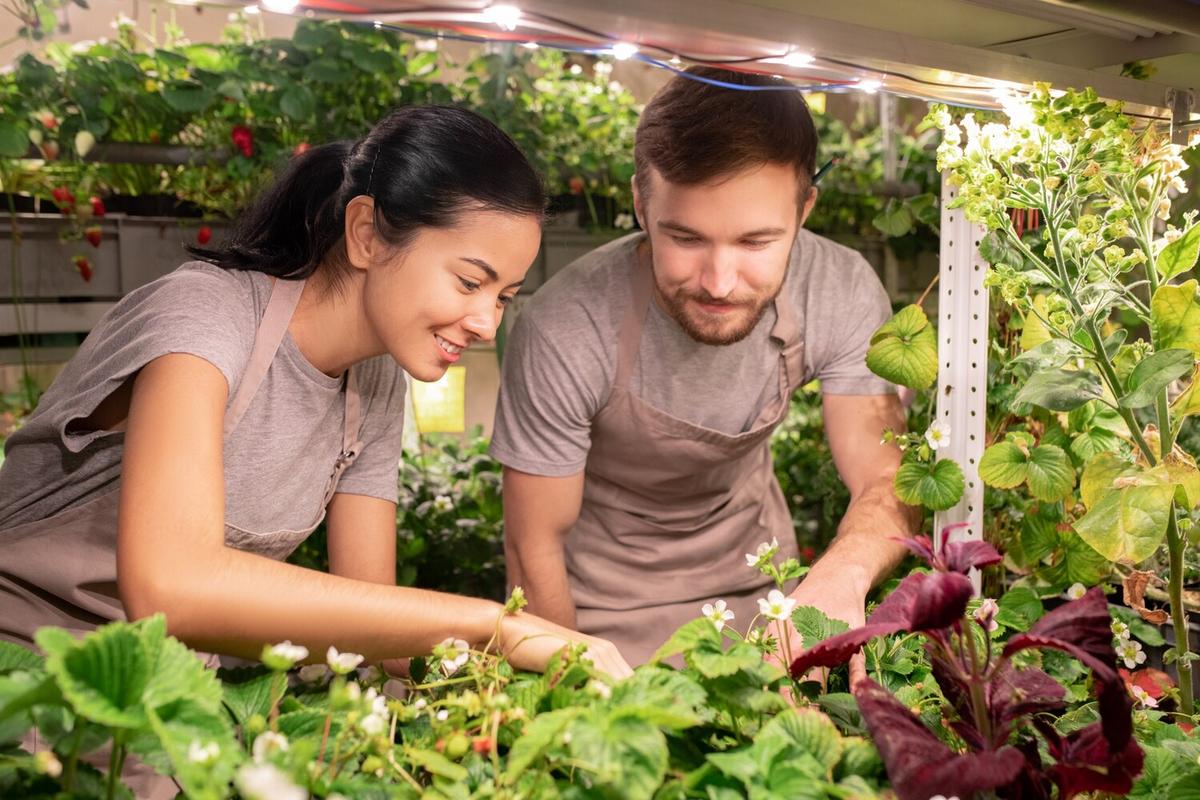Imagine enjoying the taste of fresh, organic vegetables right from your backyard, contributing to a healthier planet while nourishing your family. Sustainable gardening allows you to do just that, by growing your own food in a way that respects and preserves the environment.
Sustainable gardening is not only about cultivating a garden but also about fostering a relationship with nature. This practice emphasizes organic methods and sustainable practices to minimize environmental impact while maximizing yield. According to the Food and Agriculture Organization, sustainable agriculture is key to feeding a growing global population while preserving the planet’s resources.
Why Choose Sustainable Gardening?
Opting for sustainable gardening offers numerous benefits. It reduces your carbon footprint, as growing your own food means fewer trips to the grocery store and less reliance on commercially transported produce. Moreover, you have control over what goes into your soil and plants, ensuring that no harmful chemicals are used in the process.
“Sustainable gardening is a practice that not only helps the environment but also enriches our connection with nature,” says Dr. Maria Perez, an expert in sustainable agriculture.
Getting Started: Key Steps
1. Plan Your Garden
Consider the space you have and the types of vegetables you want to grow. Start small with easy-to-grow vegetables like lettuce, tomatoes, and carrots.
2. Choose Organic Seeds
Organic seeds are free from synthetic pesticides and genetically modified organisms. Look for seeds that are certified organic to ensure the best start for your garden.
3. Composting
Composting is a cornerstone of sustainable gardening. It recycles kitchen and garden waste into nutrient-rich soil, reducing the need for chemical fertilizers.
4. Water Wisely
Conserve water by using drip irrigation or rain barrels. Water your garden during the early morning or late afternoon to minimize evaporation.
Common Challenges and Solutions
Gardening is not without its challenges. Pests and diseases can affect your plants, but sustainable methods like companion planting and natural pest deterrents can help. For example, planting marigolds alongside vegetables can repel harmful insects.
Table: Companion Planting Guide
| Vegetable | Companion Plant |
|---|---|
| Tomatoes | Basil |
| Carrots | Onions |
| Beans | Marigolds |
| Cucumbers | Radishes |
| Peppers | Spinach |
| Broccoli | Dill |
| Spinach | Strawberries |
| Cabbage | Thyme |
Conclusion
Embracing sustainable gardening allows you to contribute positively to the environment while enjoying the fruits of your labor. By following organic practices and making mindful choices, you can create a thriving garden that supports biodiversity and promotes health.
Frequently Asked Questions
What are the benefits of sustainable gardening?
Sustainable gardening benefits the environment by reducing carbon emissions and promotes biodiversity. It also provides fresh, organic produce free from chemicals.
How can I start a sustainable garden with limited space?
Consider vertical gardening or container gardening, which are excellent for small spaces. Many vegetables and herbs can thrive in pots or raised beds.
Do I need special tools for sustainable gardening?
While you don’t need special tools, investing in quality, durable garden tools can make the process easier and reduce waste over time.




Leave a Reply